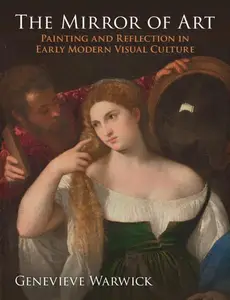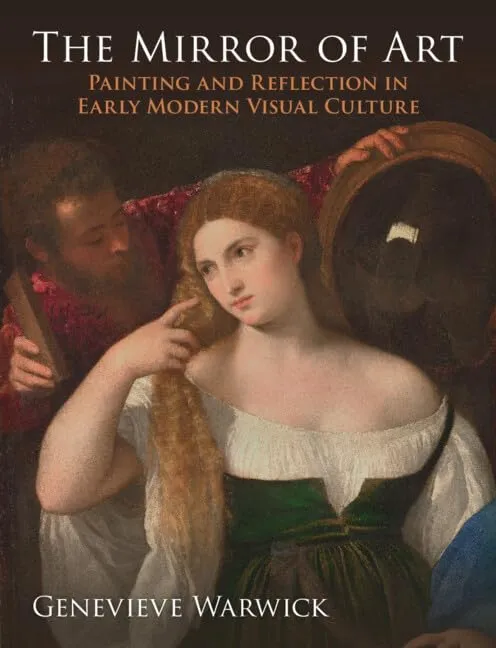The Mirror of Art: Painting and Reflection in Early Modern Visual Culture by Genevieve Warwick
English | November 30, 2024 | ISBN: 1009448803 | True PDF | 440 pages | 55.7 MB
English | November 30, 2024 | ISBN: 1009448803 | True PDF | 440 pages | 55.7 MB
One of the key pictorial developments of Renaissance art was a conceptualisation of painting as a mirror reflection of the visible world. The idea of painting as specular was argued in Renaissance art theory, demonstrated in art practice, and represented in painting itself. Both within the artist's workshop and within pictorial representation, the mirror-image became the instrument, the emblem, and the conceptual definition of what a painting was.
In this volume, Genevieve Warwick brings a dual focus to the topic through an exploration of the early modern elision of the picture plane with the mirror – image. She considers the specular configuration of Renaissance painting from various thematic points of view to offer a fully interdisciplinary analysis of the mirror analogy that pervaded not only art theory and art-making, but also the larger cultural spheres of philosophy, letters, and scientific observation. Warwick's volume recasts our understanding of the inter-visual relationships between disciplines, and their consequences for a specular definition of Renaissance painting.



